The digital age has produced an abundance of options when it comes to marketing. From social media to blogs, to methods for reaching your target audience, there are (seemingly) endless options, and a well-rounded marketing strategy incorporates a variety of methods and investments to reach their target audience.
In 2018, our team developed a series of free resources to showcase different marketing topics and statistics that can help strengthen your marketing strategy. To date, we have released 6 editions of Stats that Prove, highlighting everything from social media to providing more insight on specific audiences that we think marketers should know more about. If you haven’t yet explored these resources, here’s a recap of the editions we have published to support marketing efforts:
Edition 1: Social Media Insights and Statistics for Your Marketing Strategy
In our inaugural edition of Stats that Prove, we collected data to help you build the appropriate social media strategy for your brand. While many marketers instinctively know that they should be investing in social media, they may not know why—or if they do, they may not know how to justify it to their C-suite. This is precisely what we provide in this resource: information to help shape (and explain) your approach to social media.
According to a report from Social Media Examiner, on a weekly basis, 64% of marketers use social media for 6 hours or more, 41% for 11 hours or more, and 20% for a whopping 20+ hours. This statistic showcases the ever-important need for fresh produce marketers to invest in social media now, in order for your brands to compete with other messages consistently delivered to consumer audiences.
Edition 2: Why Your Brand Should Invest in Content Marketing
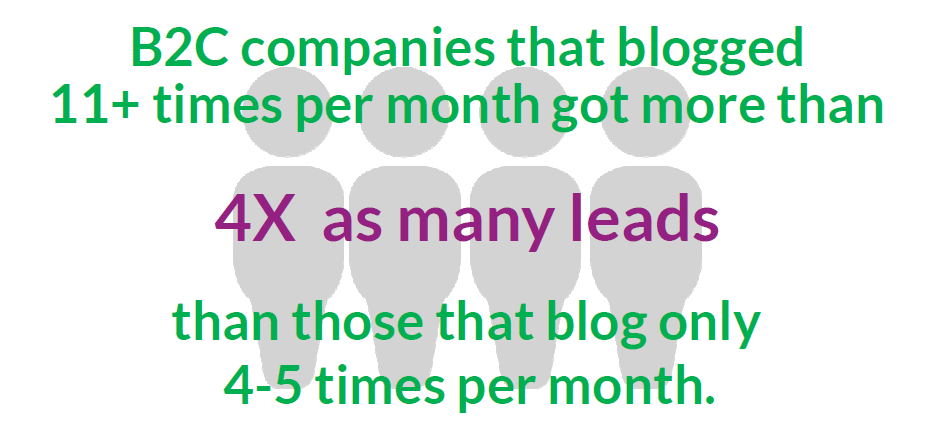 In a society that is decreasingly interested in being (or at least feeling) “marketed to,” it is important for brands to utilize content marketing as a way to establish and build relationships with consumers. Once the foundation is created and a relationship is formed with a brand, people are more likely to hear the marketing messages we create. This idea expands beyond consumers and applies in B2B applications as well.
In a society that is decreasingly interested in being (or at least feeling) “marketed to,” it is important for brands to utilize content marketing as a way to establish and build relationships with consumers. Once the foundation is created and a relationship is formed with a brand, people are more likely to hear the marketing messages we create. This idea expands beyond consumers and applies in B2B applications as well.
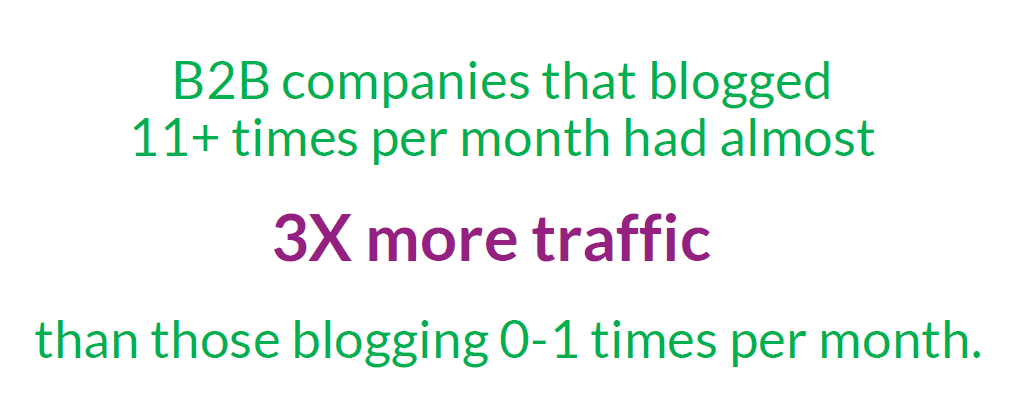 According to Hubspot, B2B companies that blogged 11+ times per month saw almost 3 times more traffic than those blogging 0-1 times per month. For B2C brands, the results are similar: companies blogging 11+ times a month had 4 times as many leads as those that blogged only 4-5 times per month.
According to Hubspot, B2B companies that blogged 11+ times per month saw almost 3 times more traffic than those blogging 0-1 times per month. For B2C brands, the results are similar: companies blogging 11+ times a month had 4 times as many leads as those that blogged only 4-5 times per month.
Edition 3: Focusing on Generation Z is a Wise Investment for Your Brand
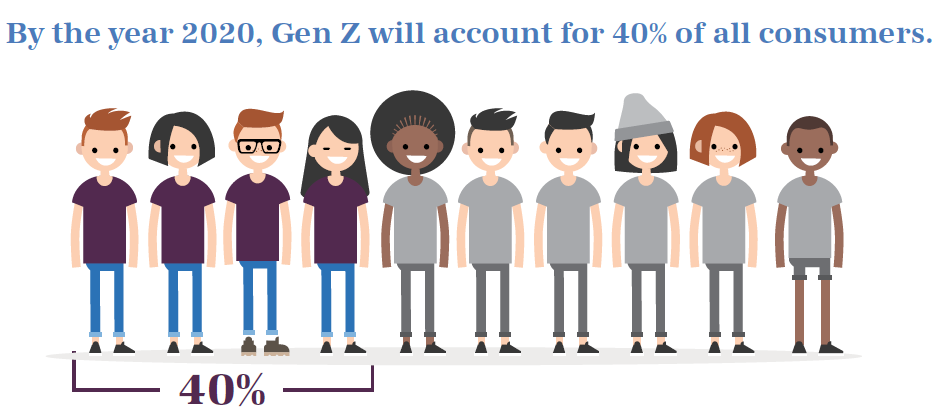
How often are you considering the next generation of buyers when working on your marketing strategy? Given that by 2020 (reminder: that is less than six months away!) Gen Z will account for 40% of all consumers, it is probably time you get to know this cohort.
Generation Z is the first generation to have grown up completely in a digital world, constantly connected to the internet. This cohort is also unique in that 30% said they would respond positively to either a brand that they recognized or to an ad that they felt was really targeted to them, according to research from Statista. While you certainly shouldn’t ignore the importance of online touchpoints for other generations, brands that focus on (tactfully) connecting with Gen Z on the web will likely establish brand loyalty with this group.
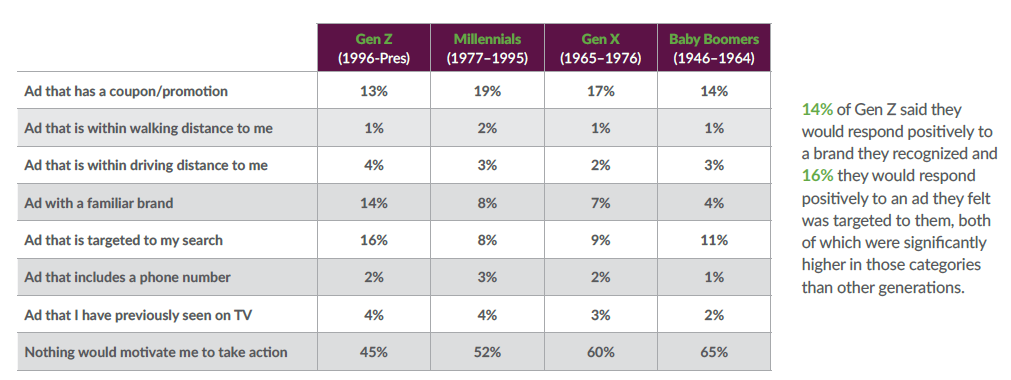
Edition 4: The Power of the U.S. Hispanic Shopper
 It is estimated that U.S. Hispanic buying power will reach $1.9 trillion by 2022. This presents an excellent opportunity for brands to establish trust and loyalty with a growing demographic that, according to Accredited Language Services, is expecting to increase from 17% to 28.6% of the total U.S. population by 2060.
It is estimated that U.S. Hispanic buying power will reach $1.9 trillion by 2022. This presents an excellent opportunity for brands to establish trust and loyalty with a growing demographic that, according to Accredited Language Services, is expecting to increase from 17% to 28.6% of the total U.S. population by 2060.
Establishing loyalty with this influential demographic is achievable with relevant, culturally-appropriate content. Social media is a great way to share messaging, invite dialogue and have continued discussion on topics that matter to this group.
Edition 5: Male Shoppers Shouldn’t Be Ignored
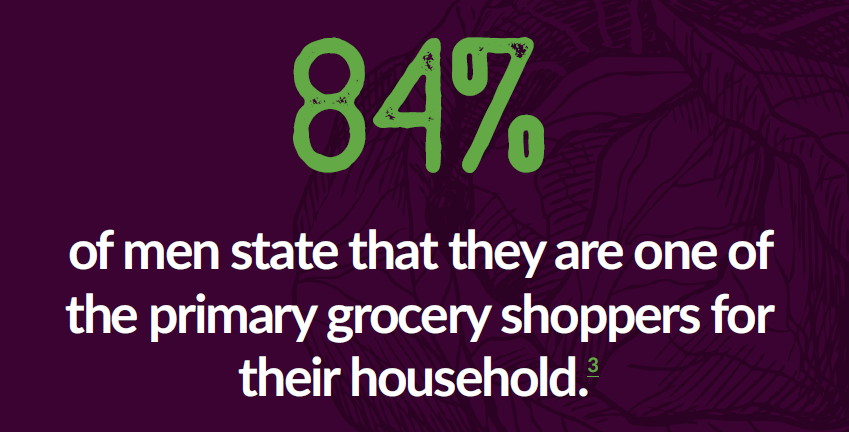 For many years, women were considered the primary (and often sole) decision-makers when it came to purchasing for households. With a shift in cultural norms and lifestyle, however, male shoppers are becoming more and more involved in shopping and purchase decisions. According to an article from New Hope Network, 84% of men state they are one of the primary grocery shoppers for their household, representing a 19% increase from the previous decade. As marketers, we should keep in mind that men are a valuable audience that brands shouldn’t—and can’t afford to—ignore.
For many years, women were considered the primary (and often sole) decision-makers when it came to purchasing for households. With a shift in cultural norms and lifestyle, however, male shoppers are becoming more and more involved in shopping and purchase decisions. According to an article from New Hope Network, 84% of men state they are one of the primary grocery shoppers for their household, representing a 19% increase from the previous decade. As marketers, we should keep in mind that men are a valuable audience that brands shouldn’t—and can’t afford to—ignore.
Edition 6: Marketing via Instagram to Reach Consumers
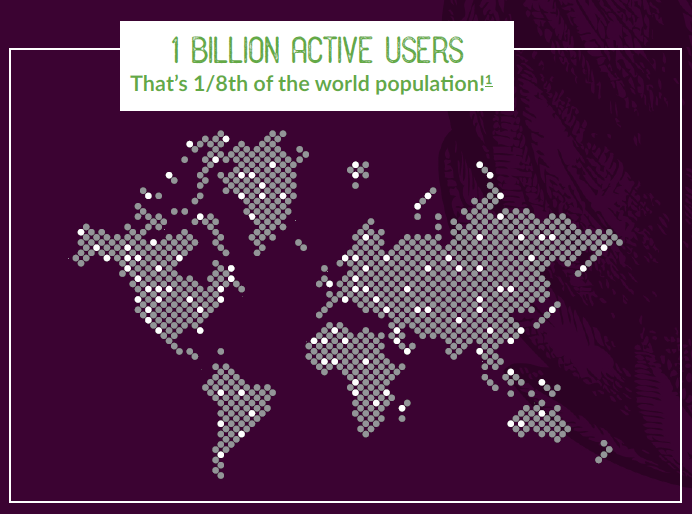 While other social media platforms have their own host of benefits, it is undeniable that Instagram has grown into an invaluable tool for marketers. Instagram reports having more than 1 billion active users (that’s 1/8th of the world population), so chances are that your audience is already engaging on the platform. Given Instagram’s growing popularity (and impressive engagement rates, even compared to the likes of Facebook), Instagram is the right social media outlet for many marketers to elevate their brands in 2019 and beyond.
While other social media platforms have their own host of benefits, it is undeniable that Instagram has grown into an invaluable tool for marketers. Instagram reports having more than 1 billion active users (that’s 1/8th of the world population), so chances are that your audience is already engaging on the platform. Given Instagram’s growing popularity (and impressive engagement rates, even compared to the likes of Facebook), Instagram is the right social media outlet for many marketers to elevate their brands in 2019 and beyond.
Feeling inspired and hungry for more insights? Our Stats that Prove series is released on a quarterly basis and is inspired by input from fresh produce marketers like you! Have a topic that you’d like to learn more about? Let us know in the comments below or on Twitter at @TheCoreBlog and we’ll consider it for our next offer!
Subscribe to our Stats that Prove series and be the first to receive the newest edition
{{cta(‘fbc3d34f-cf67-49f8-9826-6a9a4c06733c’)}}
